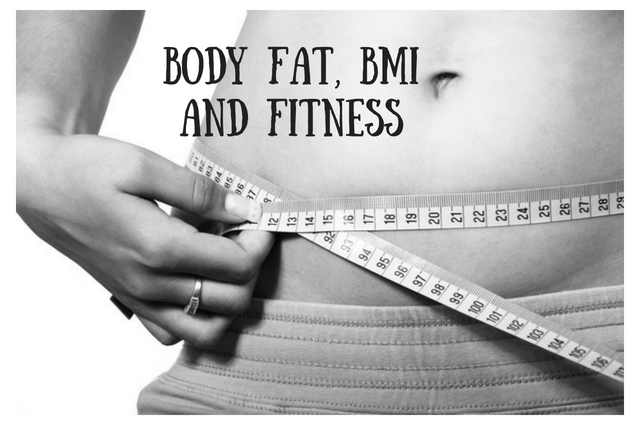The Dangerous Myth of Negative Calorie Foods

Negative calorie foods sound like a magic pill for weight loss. You eat all day, avoiding hunger pangs – while the weight simply falls off.
Not so fast.
No food consumes more calories for digestion than it provides – and that includes celery, grapefruit, and cucumber.
What makes the negative calorie foods myth dangerous is that these same foods lack the minerals, vitamins and protein needed for a healthy body. Eating only celery will make you ill, and compound that with long-term negative consequences for your health.
This page dives into the science of calorie content and the energy spent digesting different foods. I cover key terms including thermic effects and metabolic rates. Once you understand the science, there are some suggestions for better ways to eat for a fit and healthy life.
Negative Calorie Foods: The Myths Explained
I first remember hearing that you’d starve to death only eating celery in the school playground. I never thought to question it at the time, and it soon became ‘common knowledge.’
The logic was that celery is super-low in calories (it is mostly water with some fibre) and digesting it uses more energy than it provides. If you were only able to eat celery, then you’d starve slower by not eating anything at all!
Other foods included in this negative calorie myth include cucumbers, grapefruit, and lime.
These foods are super-low calorie:
- Celery: 14 Kcal per 100g
- Cucumber: 16 Kcal per 100g
- Lime: 30 kcal per 100g

Energy Needed for Digestion: Introducing the TEF
Key to busting the negative calorie myths is the science of digestion.
The measurement is called the ‘Thermic Effect of Food’ or TEF.
Scientists tested different foods to see how much energy is needed to digest them. This differs between individuals – and with enough samples, average scores are possible.
Celery (and the other lower calorie foods listed above) use between 5% and 15% of their total energy content to digest. That is still a positive – albeit from a low-calorie base.
Digesting other food groups takes up significantly more energy. Proteins including meats can consume as much as 30% of their calories in digestion. Fats vary between 5% and 15%, depending on the type. Cooked and raw foods and adding spices will affect these results.
Negative Calorie Foods: Metabolic Rates and Insulin Sensitivity
Metabolic rates vary between individuals.
Some factors are outside of your control, while others are linked to lifestyle and fitness.
The good news is that healthy eating, exercise, and strength training create a positive feedback loop. As you lose weight and get fit – your metabolic rate increases.
Here are the main factors influencing your metabolic rate:
- Age
- Gender (Men Faster)
- Fitness Level
- Insulin Sensitivity
- Overall Fat Level
- Muscle Mass
- Hormonal Imbalances
- Genetic Differences
Behaviour will also affect your metabolic rate and TEF. If you crash diet, then your body will adjust by slowing its metabolism – frequently resulting in plateaus after initial weight loss.

Dangers of Only Eating Celery
Celery is a healthy addition to any balanced diet – though eating this alone is dangerous.
Or to put it another way, eating excessive amounts of any single food is rarely a healthy choice. The primary risks of only eating celery are nutrient deficiencies, along with gastrointestinal problems. You’ll get a lot of fibre, a lot of water and a little protein.
The same logic applies to grapefruit, cucumber, and any of the other supposed ‘negative calorie’ food.
Negative Calorie Foods are a Myth: What to Do Instead?
Here are some articles covering healthy eating. The common theme is to improve your diet one habit at a time – instead of going all-in on a specific fad or system.
#1 – Get the Best of Your Sugar Cravings: This article covers the science behind sugar cravings, and how you can learn to beat them.
#2 – Starting Intermittent Fasting: IF or TRE (Time Restricted Eating), work with your circadian rhythm and are a great way to avoid the temptations of late-night snacking.
#3 – Clean Eating with the Mediterranean Diet: There are good reasons that people eating the Med diet are fit, healthy and long lived.
For even more ideas, check out the Food and Diet section here at Fitness Review.